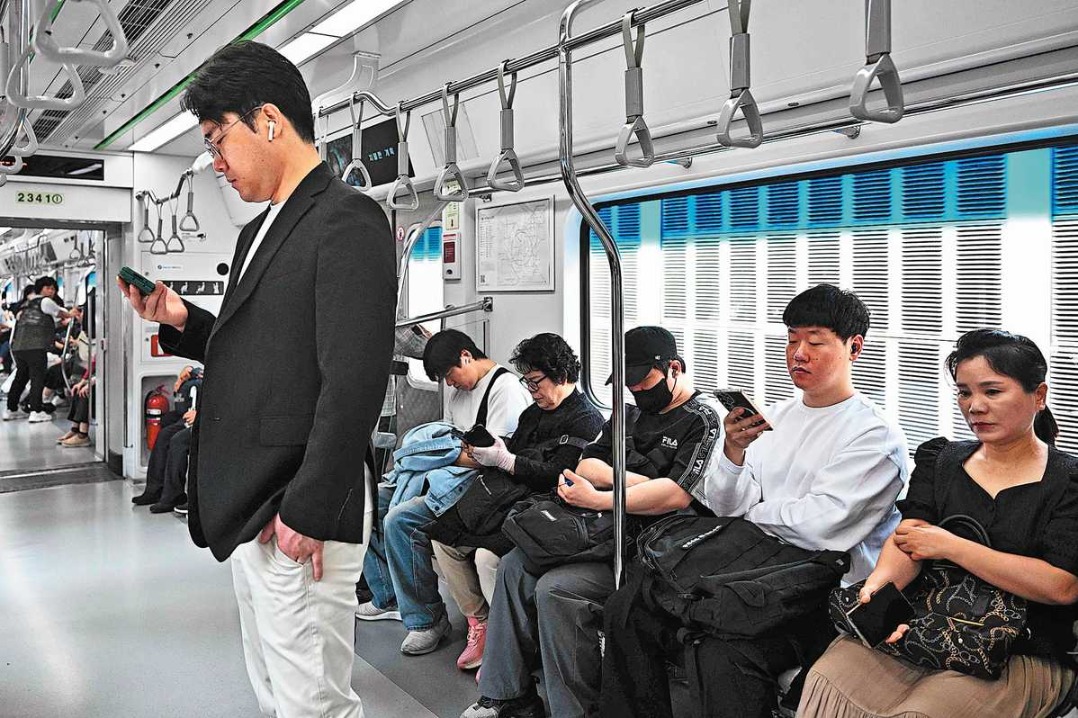Technology able to collect energy from indoor lights to aid efficiency

Phones and other smart devices could soon be powered by the illumination of light bulbs in our homes, thanks to a research breakthrough from scientists in China and the United Kingdom.
A new study has established that special substances known as lead-free perovskite-inspired materials, or PIMs, are capable of absorbing indoor light and turning it into chemical energy.
The joint research team from Imperial College London, Cambridge University and Soochow University in Jiangsu province is hopeful that these materials could lay the foundations for the clean and wireless charging of electronics.
Harvesting energy from indoor light is a challenge because it is less intense than sunlight. Conventional silicon-based solar panels are not particularly efficient at converting light from bulbs into usable energy.
In the study, the team looked at two PIMs-one called bismuth iodide oxide and another material that contains antimony-that were previously subject to research in outdoor photovoltaics.
These materials were not found to outperform compounds traditionally used in outdoor solar panels. But the new study determined that they were ideal candidates for indoor light harvesting.
"By efficiently absorbing the light coming from lamps commonly found in homes and buildings, the materials can turn light into electricity with an efficiency already in the range of commercial technologies," said Robert Hoye, who is an engineer at Imperial College London and co-author on the study
Hoye said that his team demonstrated that the power provided by these materials under indoor illumination is already sufficient to operate electronic circuits.
"We have also already identified several possible improvements, which would allow these materials to surpass the performance of current indoor photovoltaic technologies in the near future."
Down the line, this technology could make plug-in chargers a thing of the past, according to Vincenzo Pecunia, who is a professor of nanotechnology and soft materials at Suzhou University in China's Jiangsu province and coauthor on the paper.
Pecunia said that the PIMs could be incorporated into the plastics and other fabrics that make up smart devices and wearable electronics, allowing them to draw energy from the ambient light in our homes and workplaces.
"Our discovery opens up a whole new direction in the search for green, easy-to-make materials to sustainably power our smart devices," said Pecunia. "Lead-free perovskite-inspired materials could soon enable battery-free devices for wearables, healthcare monitoring, smart homes, and smart cities."
The research was published in the journal Advanced Energy Materials and jointly funded by the UK Engineering and Physical Sciences Research Council and the National Natural Science Foundation of China.































